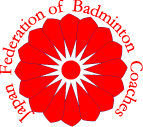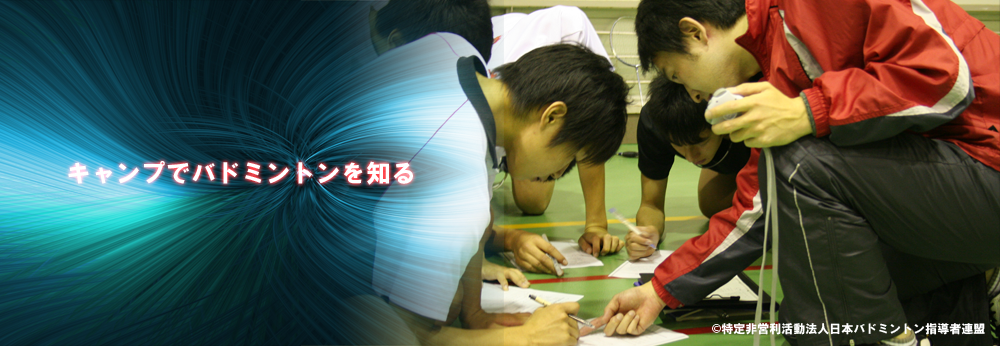ホーム › フォーラム › バドミントン・コミュニティー › Cinematography of Uzbekistan
このトピックには0件の返信が含まれ、1人の投稿者がいます。3 年、 10 ヶ月前に ulhdave811941 さんが最後の更新を行いました。
-
投稿者投稿
-
ulhdave811941<br><br>Cinematography of Uzbekistan – and film industry of Uzbekistan. It is based on the Uzbekfilm studio.<br>Story<br>The first screening of films took place in Tashkent in 1897.<br><br>Khudaibergen Devanov (1879-1940), the first Uzbek photographer and cameraman, is considered the founder of Uzbek cinema. He was born in 1879 in the family of Nurmukhammad Devanov, and caretaker of estates in Khojeyli. He received a good education in Khiva, where he mastered the Arabic language. Hudaibergen Devanov’s first teacher was a German film enthusiast Wilhelm Penner, who introduced him to photography and cinematography. In the atmosphere of an orthodox Islamic society, in which from time immemorial there was a religious ban on the image of everything animate, H. Devanov managed to become the first photographer and then a cameraman of the Khiva Khanate. Khudaibergen Devanov was also part of the Khorezm delegation that went to St. Petersburg in 1908. In the capital of the Russian Empire, Kh. Divanov studied the intricacies of photography from recognized professionals. He was left for two months for an internship after completing the work of the Khiva diplomatic mission. Kh. Divanov brought home various photographic and film accessories, including a PATE movie camera No. 593, which allowed him to independently shoot the first Uzbek documentary film about the trip of Khiva Khan Asfandiyar on the phaeton in 1910. His first films „Monuments of architecture of our land” (114 meters, 1913), „Views of Turkestan” (100 meters, 1916) and others have also survived.<br><br>1908 was the year of birth of Uzbek cinema. Khudaibergen Devanov filmed historical sights, minarets, mosques and much more. Thanks to his work, residents of other countries for the first time got acquainted with the ancient distinctive culture of Khorezm.<br>As part of the USSR<br>In 1925, the Bukhkino partnership released the film Minaret of Death. In the same year, the Shark Yulduzi film factory was opened, which was renamed in 1958 into Uzbekfilm.<br><br>Over the years, Kamil Yarmatov, Latif Fayziev, Zagid Sabitov, Ravil Batyrov, Elyor Ishmukhamedov, Uchkun Nazarov, Shukhrat Abbasov, Ali Khamraev and others worked at the studio. The films “Fascinated by you”, “The whole mahalla speaks about it”, “The days gone by” were included in the cinema classics. According to the director Yusup Razykov, the film „Tashkent – the city of bread” is the studio’s greatest achievement.<br><br>In 1972, the Museum of Cinema of Uzbekistan was created, located in the House of Cinema.<br><br>In the 1970s-1980s, with the support of Sh.R. Rashidov, three large historical series were filmed: „Treasures of Ulugbek” based on the work of Adyl Yakubov, 10 serial video „Alisher Navoi” based on Aibek’s novel, 17 serial series „Fire Roads” based on the novel by Camille Yashen.<br><br>In 1990, the 10th serial historical series „Babur” based on the novel by Pirimkul Kadyrov was filmed.<br>After 1991<br>The rethinking of the era of „socialist reality” began with films of the late 80s („Siz kimsiz?” 1991, directed by Zulfikar Musakov) and in the film „Until Dawn”. On the other hand, there was a new turn in the depiction of the recent past, which led to the appearance of such films as „The Orator” and „Comrade Boykenzhaev” by Yusup Razykov. Since 1998, the second stage in the development of cinema began, which is characterized by the choice of national stylistics („Chimildik” by M. Abzalov, „Chayongul” by S. Nazarmukhamedov, „Pari Momo” by M. Radjabov, „Dilkhirozh” by Yusup Razykov, „Yodgor” by H. Nasymov , “Tulip in the snow” by Yolkin Tuychiev and Ayub Shakhobutdinov “For a dream.” Other historical paintings: “Imam al-Bukhari” (1995), “Great Amir Temur” (1996).<br><br>A feature of the modern film process is the formed large youth audience that visits cinemas showing Uzbek films. Author’s films go to film festivals: „Yul Bulsin” (2006, Kamalova), „Vatan”, „Chashma” (Source), „Yurt”, „Boys in the Sky”, „Memory”, „Soginch Dry soul light sorrow), „Oydinoy”, „PS” (Ilova). Notable box office movies: Romeo and Juliet, Boyvaccia, Ketma.<br><br>Recent hits include the comedies „Supernewest” and „Bridegroom for Rent”, in which Murad Radjabov stars. According to film critic Gulnara Abikeeva, Uzbek cinematography is aimed at the Indian experience, where „the number of films prevails over quality.” Shukhrat Abbasov, a classic of Uzbek cinema, believes that „films are still being released, in which there is no strong conflict, confrontation of ideas.” Critic Rozika Mergenbaeva notes that “anyone who finds at least 10 thousand US dollars can make films, cinema professionals call them” khon-takhta “- a cutting board, that is, they are made, like pies, in a hurry”. In 2008, the state program „National Serials” was adopted, for which a studio was built in Tashkent.<br><br>The film „Heaven is my abode” („Parisod”) directed by Ayub Shakhobiddinov was awarded the Grand Prix of the „Kinoshock” festival in 2012.<br>Joint films<br>Co-products are developing. Films were shot: „Code of Silence 2: The Trail of a Black Fish”, „Moon Pope”, „Guest Worker” and others.<br>Documentary film<br>In addition to „Uzbekfilm”, documentary films are shot at the „Uzbektelefilm”, „Uzkinokhronika” studios and in commercial studios.<br>Animation<br>The first animated puppet film was created in 1965 and was called „6 x 6″, the hand-drawn cartoon „Brave Sparrow” was released in 1969. At the studio „Uzbekfilm” they filmed as drawn children’s cartoons: „The Magic Chamois” (1980), „The Blue Elephant” (1976), „Quartet Kva-kva” (1977), „The Tale of the Magic Pomegranate” (1982), „Tales of the Old Usto “(1986), and for adult viewers:” There will be gentle rain “(1984), the production designer of which is Sergei Alibekov.<br><br>Over the years of independence, more than eighty cartoons have been created, which are mainly devoted to national themes. Awarded the prestigious awards of the international film festivals „Kulol” („Gonchar”); „Bor, baraka” („Was-not-was”); „Bukri oshik” („The Hunchback in Love”); „Ur, tukmok” („Hit, club”); “Ikki kushni va kovun” (“Two neighbors and a melon”). The first 3-D cartoon „Alien Guest” was filmed in 2010. In 2011, based on literary works, folk tales and legends, the cartoons „The Legend of Shirak”, „The Beautiful Doll”, „Dzhurakhan”, „Zumrad and Kimmat”, „You Won’t Believe It” were created.<br>Filmmaking<br>In 2004, the state joint-stock company Uzbekkino was transformed into the Uzbekkino National Agency. The agency „Karakalpakkino” arose in a similar way. In „Uzbekkino” there are film studios „Uzbekfilm”, „Uzkinokhronika”, „Karakalpakfilm”, EMTO „5-Studio”, as well as 14 regional divisions. In addition, in the field of cinematography, there are about 700 registered enterprises, studios, creative associations involved in the creation of films and video products.<br><br>About 80 films a year are shot in the country at private film studios, of which there are about 100 in Uzbekistan. Since 1996, 15 full-length, 10 animation and 30 documentary films have been additionally financed by the state.<br><br>The film Lead was dedicated to the Stalin era.<br><br>The total number of cinemas is 312, of which 68 are operating. According to other data, in 2012 there are 160 cinemas.<br><br>One of the largest cinemas is the Alisher Navoi Cinema Palace in Tashkent. The 11 cinema halls of the Palace can accommodate about 5 thousand spectators.<br>FestivalsSince 2011, the Tashkent International Film Forum „Golden Cheetah” has been heldInternational Film Festival of Asia, Africa and Latin America, held from 1968 to 1988Central Asian Independent Film Festival – CAFIFInternational Film Festival PROlogueUNESCO heritage<br>According to the Uzbekkino website, the following films were included in the UNESCO Foundation:<br>
-
投稿者投稿






